Log in or create new account to save this product to your wishlist.
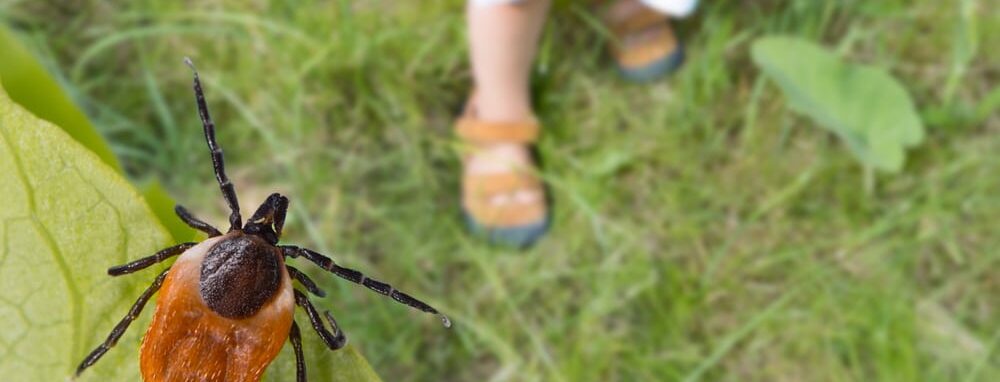
How To Get Rid of Ticks in the Garden
Get rid of ticks in your garden naturally and protect your family from tick bites. Learn how to keep your outdoor space safe and tick-free.
🌱 All important maintenance moments for your lawn during the year. Leave your email and we will send you the lawn calendar for free.
Enter your email
Receive the lawn calendar in the mail
Enjoy a green lawn all year round!

- Order by 2PM = shipped today
- 250.000+ satisfied customers!
- 60 day satisfaction guarantee
You’re probably familiar with ticks: those tiny creatures commonly found in forests that can carry Lyme disease. But did you know that ticks can also lurk in your own backyard, hiding in your lawn, among plants, or in shrubs? Why take the chance of a dangerous tick bite and the potential for associated diseases when you can tackle the problem head-on? Here, you will not only discover how to recognise a tick bite, but also effective methods for prevention. How to get rid of ticks in your garden can be straightforward and natural, especially with the help of nematodes.
What are ticks?
Understanding what ticks are is essential for controlling them and identifying a tick bite. Ticks are small arachnids with eight legs, closely related to spiders and mites. They survive by feeding on the blood of their hosts, which can include a variety of animals such as reptiles, birds, and mammals.
Unfortunately, humans are also susceptible to tick bites. These pests thrive in warm, humid environments like grassy areas and dense foliage. Ticks progress through a life cycle consisting of four stages: egg, larva, nymph, and adult tick. During each stage, both young and mature ticks feed on the blood of their hosts.
The danger of ticks lies in their ability to transmit diseases to humans and animals through their bites. To safeguard yourself, your family, and your pets, it’s crucial to implement effective tick control measures.
How to recognise a tick?
Ticks can be difficult to recognise due to their small size and ability to blend into their surroundings. They typically appear as small, round creatures, usually brown or black in color, with eight legs.
As ticks feed and engorge themselves with blood, they can become significantly larger. While they are typically just a few millimeters in size, they can expand to up to one centimeter or more.

Recognising a tick bite
Ticks attach themselves to their host’s skin. If you’ve been bitten by a tick, you’ll first notice a small black dot. As the tick fills with blood, it will gradually enlarge. The skin around the tick bite may become red and irritated.
Pets, such as dogs or cats, can also fall prey to tick bites and contract diseases as a result. Tick bites in pets resemble those in humans, although they may be harder to detect due to the animal’s fur.
Where do ticks occur?
Ticks thrive in dark, moist environments. Therefore, they are commonly found in tall grass, among leaves, or in shrubs. Ticks aren’t limited to forests; they can also be found in lawns or among plants in your backyard. They lie in wait until passing people or animals provide them with an opportunity to latch on.
What damage do ticks cause?
While ticks don’t harm lawns or plants, they can pose a danger to humans and animals by transmitting diseases through their bites. In humans, ticks can transmit Lyme disease, as well as FSME and the alpha-gal syndrome. While only a small percentage of people bitten by ticks develop diseases, the risk increases the longer the tick remains attached to the skin.
Therefore, regular tick checks are crucial for timely detection and removal. Use tweezers or a specialised tick removal tool, being careful not to damage or crush the tick.
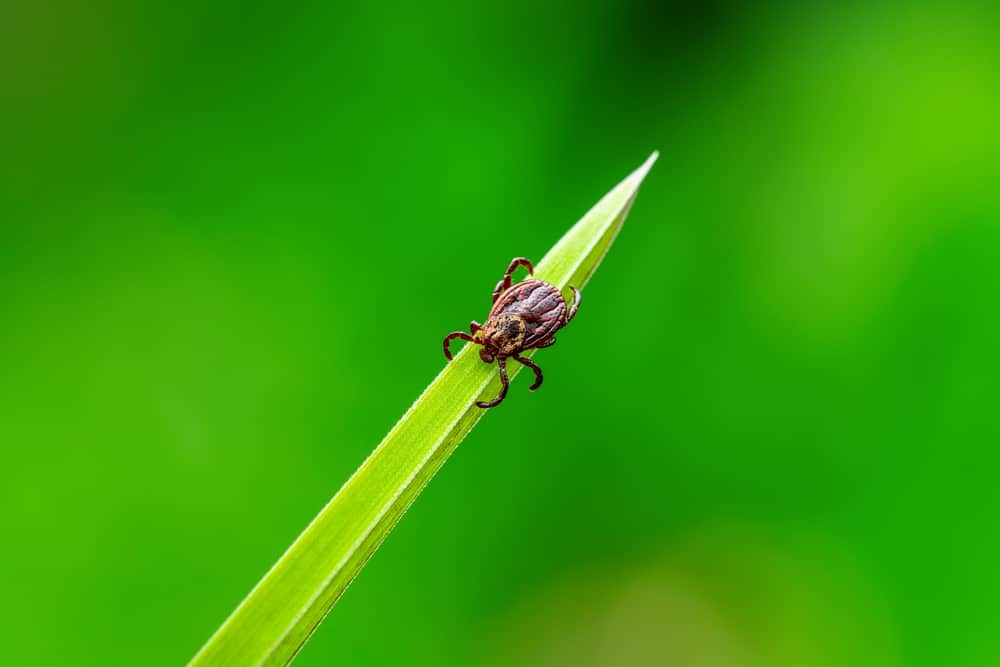
Controlling ticks with nematodes
Prevention is better than cure! Control ticks in your garden before they can bite you, your family, or your pets. The most effective method is using nematodes, their natural predator.
These microscopic creatures (Steinernema carpocapsae) seek out ticks in your garden and eliminate them. They infiltrate ticks, spreading a bacterium that causes their demise. Within their prey, nematodes reproduce, perpetuating the cycle until all pests are eradicated. This approach yields highly effective and long-lasting results. However, nematodes are soil-dwelling organisms intolerant to sunlight. They hunt for ticks on leaves in your flower beds and lawn at night, so apply nematodes to leaves in the evening to maximise hunting time.
Nematodes can be deployed when the soil temperature exceeds 10 degrees Celsius. Therefore, begin tick control in your garden in spring. Ticks can be present year-round, so timely and periodic treatment is essential.
This method of tick control is entirely biological and safe, devoid of toxins or harmful substances. Your plants and lawn will remain undamaged, ensuring the safety of your garden for children and pets.
How to get rid of ticks
While it’s impossible to prevent ticks from entering your garden entirely, there are measures you can take to minimise the risk of tick bites.
- Utilise nematodes to control ticks in your garden, preventing them from biting people or animals.
- Wear long clothing covering your arms and legs (closed shoes, long pants, and long socks) when visiting areas where ticks may be present.
- Avoid traversing tall grass or shrubs, as ticks often inhabit these areas.
- Keep your lawn mowed short.
- Apply insect repellent to your clothing; ticks are repelled by this substance.
Understanding how to get rid of ticks in your garden is essential to safeguard yourself, your loved ones, and your pets from the potential dangers of tick bites and the diseases they can transmit. By employing natural methods such as nematodes and practising preventive measures, you can create a safer outdoor environment for everyone to enjoy. Learn how to combat other pests in your garden, and be sure to leave a comment below!
-
Zero-Waste Gardening – This is How You Do It!Did you know that the average person wastes between 100 and 150 kilos of food every year? That's why the concept of zero-waste gardening is becoming increasingly important for environmentally conscious gardeners that like to do their gardening greener.Read more
-
How to Master Tree Pollarding: A Practical GuidePretty dense! What might be an insult to some, is certainly a compliment to trees. Through pollarding, you can make sure, your trees have a dense crown of beautiful leaves.Read more
-
Get Ready: Here are 5 Garden Trends for 2025Curious about the latest garden trends for 2025? From smart solutions to sustainable choices, discover all the outdoor trends that are transforming British gardens!Read more
-
How to Care for Plants in Winter: A Simple GuideWhen winter comes around, the care requirements of your plants change. Find out, how to adjust the care routine for your plants.Read more
-
Companion Planting Made Easy: A Step-by-Step TutorialStrategic plant partnerships can solve common gardening problems like pest invasion and disappointing yields. Find out which plants are great together in our companion planting guide.Read more
-
How to Grow Sweet Potatoes in Your GardenWant to know something splendid? A single sweet potato plant can produce 5 to 10 pounds (4.54 kg) of nutritious tubers—plenty to keep your family’s pantry well-stocked for weeks!Read more
-
Revive Your Lawn After Winter With These Easy StepsTired of winter lawn damage? Discover how to repair brown spots, remove weeds, and revitalise your grass for a thriving garden this spring.Read more
-
A Complete Guide On Lighting for Your House PlantsAchieve perfect lighting for houseplants! This guide covers light mapping, plant placement, and grow light tips to help your plants flourish indoors.Read more
Leave a comment
Your answer will be displayed on the site and the interested party will be notified by email.
Leave a comment
Have a question or want to share your experience? Leave us a comment.

- Order by 2PM = shipped today
- 250.000+ satisfied customers!
- 60 day satisfaction guarantee

- Order by 2PM = shipped today
- 250.000+ satisfied customers!
- 60 day satisfaction guarantee

🌱 All important maintenance moments for your lawn during the year. Leave your email and we will send you the lawn calendar for free.
Enter your email
Receive the lawn calendar in the mail
Enjoy a green lawn all year round!







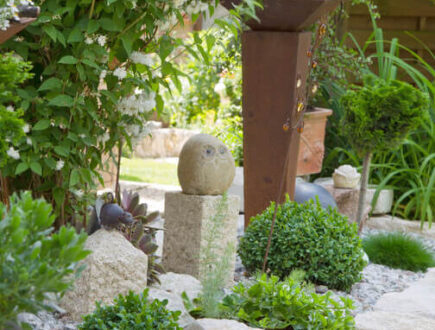
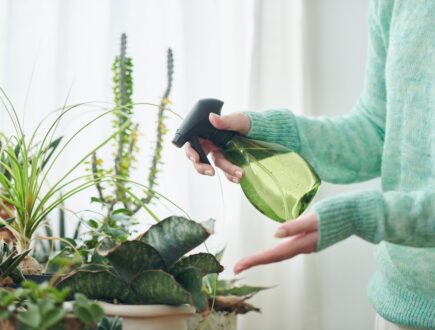


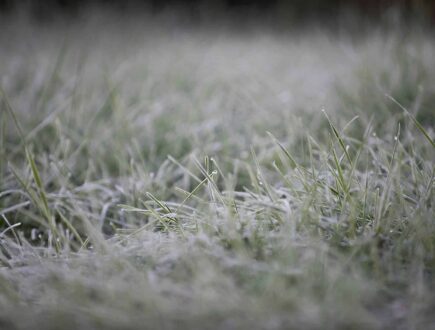










Comments (0)
There are no comments yet. Well then, what are you waiting for to
Be the first to write your comment!inaugurate this pretty page?
Do you have some comments?